Physical Address
304 North Cardinal St.
Dorchester Center, MA 02124
| Day of life | Magnesium mmol/L | Calcium mmol/L | Phosphate mmol/L | Alkaline Phosphatase IU/L |
|---|---|---|---|---|
| 1 | 0.85 ± 0.14 | 2.18 ± 0.27 | 1.99 ± 0.48 | _ |
| 2 | 0.96 ± 0.18 | 2.24 ± 0.33 | 1.94 ± 0.56 | _ |
| 3 | 1.05 ± 0.13 | 2.55 ± 0.19 | 1.49 ± 0.47 | _ |
| 4 | 1.09 ± 0.10 | 2.65 ± 0.17 | 1.39 ± 0.44 | _ |
| 5 | 1.06 ± 0.10 | 2.72 ± 0.27 | 1.29 ± 0.37 | _ |
| 6 | 1.02 ± 0.12 | 2.71 ± 0.20 | 1.30 ± 0.37 | _ |
| 7 | 0.98 ± 0.10 | 2.66 ± 0.16 | 1.37 ± 0.30 | _ |
| 14 | 0.91 ± 0.10 | 2.57 ± 0.12 | 1.64 ± 0.38 | 1,323 ± 639 |
| 21 | 0.89 ± 0.08 | 2.61 ± 0.16 | 1.71 ± 0.34 | 1,359 ± 430 |
| 28 | 0.91 ± 0.10 | 2.61 ± 0.16 | 1.74 ± 0.35 | 1,238 ± 439 |
| Reference range | 0.7–1.17 | 1.8–2.7 | 1.62–2.52 | 146–1000 |
| Gestational Age (weeks) | Phosphate (mean ± SD) | Calcium (mean ± SD) | Magnesium (mean ± SD) | Alkaline Phosphatase (mean ± SD) | |||
|---|---|---|---|---|---|---|---|
| mg/dL | mmol/L | mg/dL | mmol/L | mg/dL | mmol/L | units/L | |
| 23–27 | 6.5±0.9 | 2.1±0.3 | 10.0±1.0 | 2.5±0.2 | 1.9±0.2 | 0.79±0.07 | 201±61 |
| 28–31 | 6.3±1.0 | 2.0±0.3 | 10.2±1.2 | 2.6±0.3 | 1.9±0.3 | 0.79±0.1 | 196±68 |
| 32–34 | 6.1±0.8 | 2.0±0.2 | 10.5±1.0 | 2.6±0.2 | 1.8±0.2 | 0.76±0.08 | 174±55 |
| 35–36 | 6.1±1.0 | 2.0±0.3 | 10.4±1.1 | 2.6±0.3 | 1.8±0.2 | 0.76±0.09 | 166±56 |
| >36 | 5.7±0.7 | 1.8±0.2 | 10.9±0.5 | 2.7±0.1 | 1.9±0.2 | 0.77±0.08 | 159±49 |
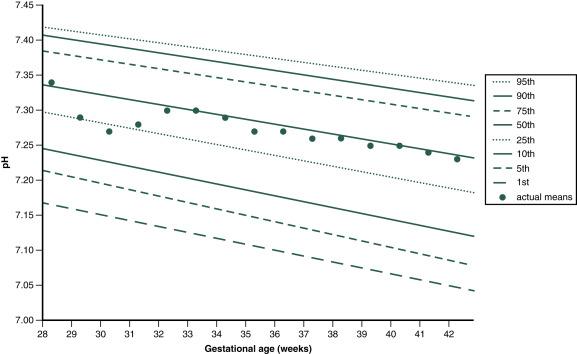
| Cord Blood | 2- to 4-Hour Blood | |||
|---|---|---|---|---|
| Mean ± SD | Range | Mean ± SD | Range | |
| pH | 7.35 ± 0.05 | 7.19–7.42 | 7.36 ± 0.04 | 7.27–7.45 |
| P co 2 (mm Hg) | 40 ± 6 | 24.5–56.7 | 43 ± 7 | 30–65 |
| Hct (%) | 48 ± 5 | 37–60 | 57 ± 5 | 42–67 |
| Hb (g/L) | 1.65 ± 0.16 | 1.29–2.06 | 1.90 ± 0.22 | 0.88–2.3 |
| Na + (mmol/L) | 138 ± 3 | 129–144 | 137 ± 3 | 130–142 |
| K + (mmol/L) | 5.3 ± 1.3 | 3.4–9.9 | 5.2 ± 0.5 | 4.4–6.4 |
| Cl − (mmol/L) | 107 ± 4 | 100–121 | 111 ± 5 | 105–125 |
| iCa (mmol/L) | 1.15 ± 0.35 | 0.21–1.5 | 1.13 ± 0.08 | 0.9–1.3 |
| iMg (mmol/L) | 0.28 ± 0.06 | 0.09–0.39 | 0.30 ± 0.05 | 0.23–0.46 |
| Glucose (mmol/L) | 4.16 ± 1.05 | 0.16–6.66 | 3.50 ± 0.67 | 5.11–16.10 |
| Glucose (mg/dL) | 75 ± 19 | 2.9–120 | 63 ± 12 | 29–92 |
| Lactate (mmol/L) | 4.6 ± 1.9 | 1.1–9.6 | 3.9 ± 1.5 | 1.6–9.8 |
| BUN (mmol/L) | 2.14 ± 0.61 | 1.07–3.57 | 2.53 ± 0.71 | 1.43–4.28 |
| BUN (mg/dL) | 6.0 ± 1.7 | 3.0–10.0 | 7.1 ± 2.0 | 4–12 |
| Ammonia Level∗ | ||
|---|---|---|
| Age (days) | μmol/L | μg/dL |
| Birth | 71 ± 26 | 121 ± 45 |
| 1 | 69 ± 22 | 117 ± 37 |
| 3 | 60 ± 19 | 103 ± 33 |
| 7 | 42 ± 14 | 72 ± 24 |
| 14 | 42 ± 18 | 72 ± 30 |
| 21 | 43 ± 16 | 73 ± 28 |
| 28 | 42 ± 15 | 72 ± 25 |
| Term infants at birth | 45 ± 9 | 77 ± 16 |
| Test | Age | Value |
|---|---|---|
| Albumin (g/L) | 0–5 days (<2.5 kg) 0–5 days (>2.5 kg) 1–30 days 31–182 days 183–365 days |
20–36 26–36 26–43 28–46 28–48 |
| PT (s) | 30–36 weeks of gestation 1 day 5 days 30 days 90 days 180 days |
10.6–16.2 10.0–15.3 10.0–13.6 10.0–14.6 10.0–15.0 |
| Full Term 1 day 5 days 30 days 90 days 180 days |
11.6–14.4 10.9–13.9 10.6–13.1 10.8–13.1 11.5–13.1 |
|
| PTT (s) | 30–36 weeks of gestation 1 day 5 days 30 days 90 days 180 days |
27.5–79.4 26.9–74.1 26.9–62.5 28.3–50.7 21.7–53.3 |
| Full Term 1 day 5 days 30 days 90 days 180 days |
37.1–48.7 34.0–51.2 33.0–47.8 30.6–43.6 31.8–39.2 |
|
| Ammonia (μmol/L) | 1–90 days 3–11 mo |
42–144 34–133 |
| Aspartate aminotransferase (U/L) | 0–5 days 1–3 yr |
35–140 20–60 |
| Alanine aminotransferase (U/L) | 0–5 days 1–30 days 31–365 days |
6–50 1–25 3–35 |
| Alkaline phosphatase (U/L) | 0–5 days 1–30 days 31–365 days |
110–300 48–406 82–383 |
| Gamma-glutamyltransferase (U/L) | 0–5 days 1–182 days 183–365 days |
34–263 12–132 1–39 |
| Amino Acid | 0–1 Months (Mean) | 1–12 Months (Mean) |
|---|---|---|
| Aspartic acid | 9–57 (23) | 10–69 (26) |
| Glutamic acid | 31–96 (54) | 24–102 (50) |
| Alpha-aminoadipic acid | 7–96 (26) | 7–110 (29) |
| Hydroxyproline | 11–556 (100) | 5–238 (34) |
| Phosphoethanolamine | 13–167 (46) | 12–216 (51) |
| Serine | 48–509 (156) | 34–329 (51) |
| Asparagine | 15–223 (58) | 18–197 (59) |
| Glycine | 127–2042 (510) | 133–894 (345) |
| Glutamine | 37–600 (148) | 63–446 (168) |
| Beta-Alanine | 2–41 (8) | 2–38 (8) |
| Taurine∗ | 12–1057 | 10–809 |
| Histidine | 23–676 (125) | 69–392 (164) |
| Citrulline | 1–18 (5) | 2–46 (9) |
| Threonine | 9–337 (56) | 12–145 (41) |
| Alanine | 34–358 (109) | 27–313 (93) |
| Beta-aminoisobutyric acid | 0–520 (14) | 5–258 (36) |
| Carnosine | 3–184 (21) | 8–160 (36) |
| Arginine | 0–81 (10) | 0–40 (5) |
| Proline | 3–257 (29) | 2–90 (14) |
| 1-Methylhistidine | 0–78 (7) | 0–98 (7) |
| 3-Methylhistidine | 5–85 (20) | 10–95 (31) |
| Ethanolamine | 33–253 (91) | 57–221 (112) |
| Aminobutyric acid | 1–43 (5) | 1–58 (7) |
| Tyrosine | 5–74 (19) | 12–64 (28) |
| Valine | 3–34 (10) | 3–43 (11) |
| Methionine | 2–24 (7) | 2–18 (6) |
| Cystathionine | 1–26 (6) | 1–11 (4) |
| Cystine | 5–109 (24) | 2–42 (10) |
| Isoleucine | 2–37 (8) | 2–21 (6) |
| Leucine | 4–84 (17) | 4–72 (17) |
| Hydroxylysine | 3–49 (11) | 2–50 (9) |
| Phenylalanine | 2–49 (9) | 7–42 (17) |
| Tryptophan | 1–46 (8) | 3–37 (10) |
| Ornithine | 2–37 (8) | 2–19 (6) |
| Lysine | 6–464 (54) | 4–80 (18) |
| No. of subjects (male/female) | 20 (11/9) | 30 (16/14) |
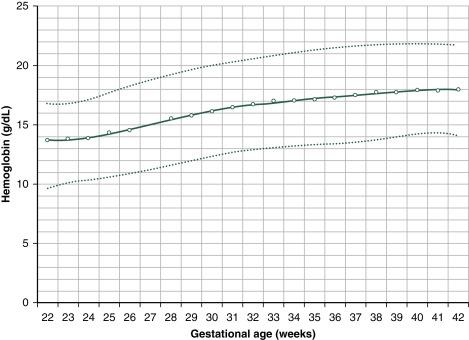
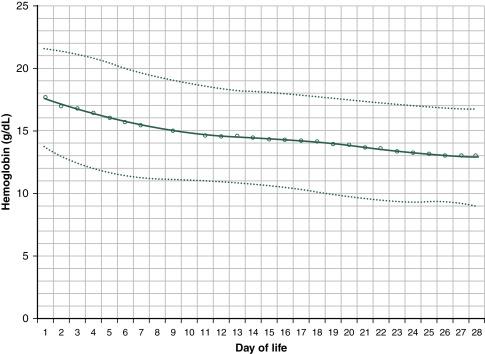
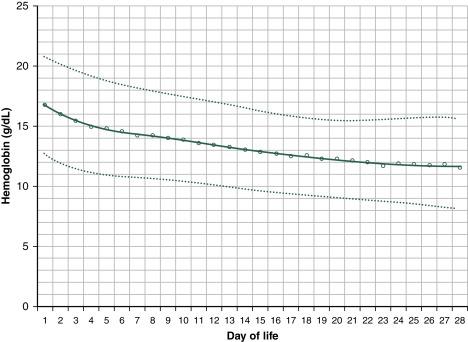
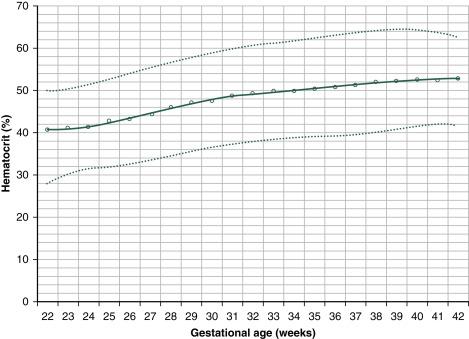
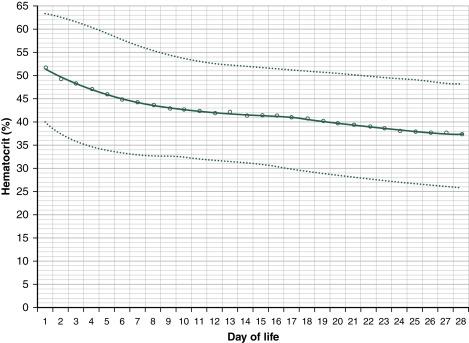
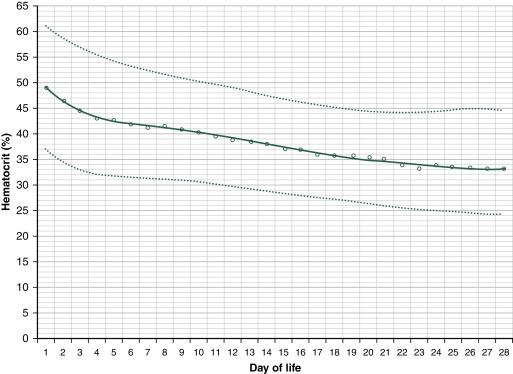
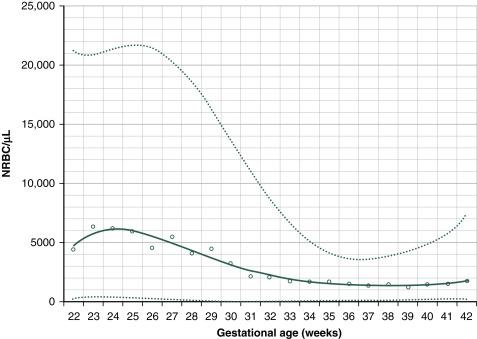

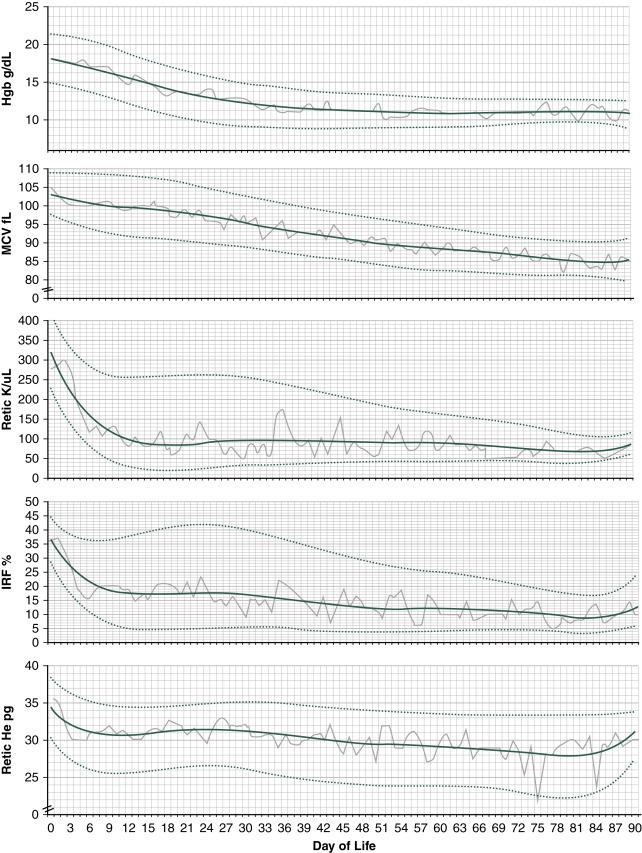
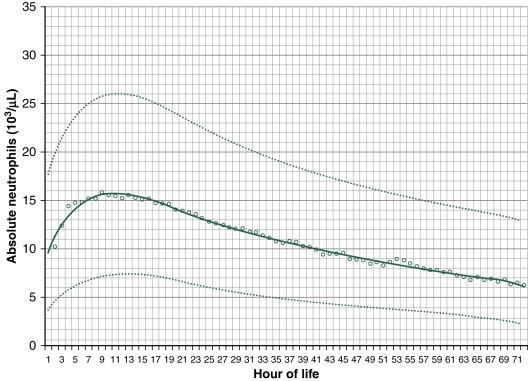
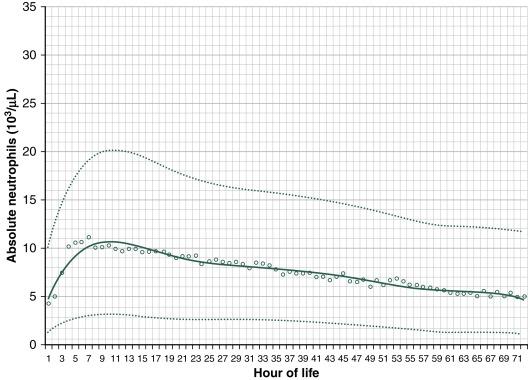
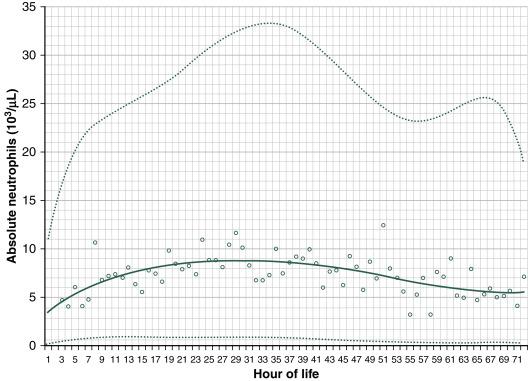
Become a Clinical Tree membership for Full access and enjoy Unlimited articles
If you are a member. Log in here